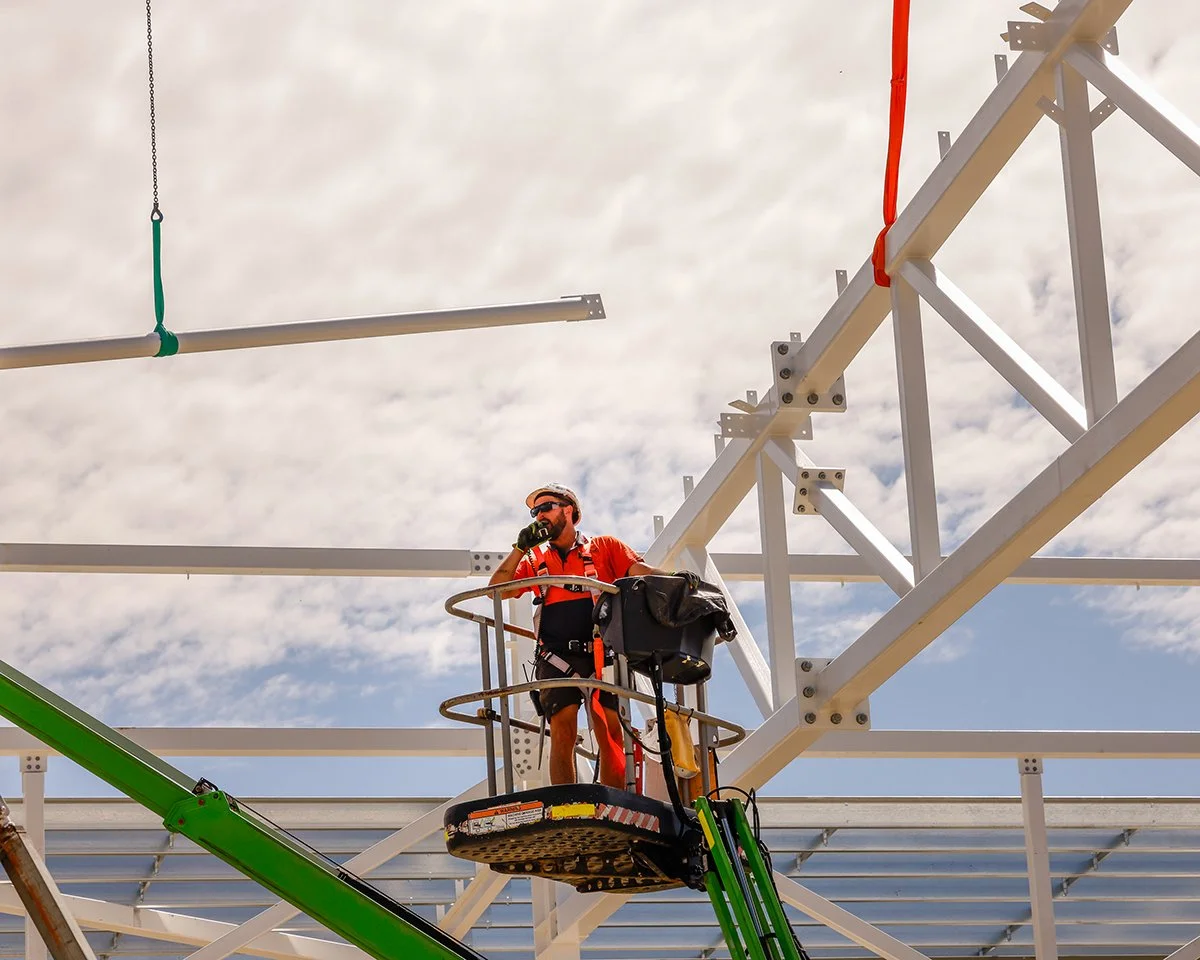Understanding the Key Differences Between Rigging and Dogging
When embarking on construction projects, understanding the roles of different professionals on-site is crucial. Two critical roles often discussed are rigging and dogging – though they may seem similar, they serve distinct functions in ensuring the safety and efficiency of lifting operations. At Sventek Cranes & Rigging, we specialise in both, offering unparalleled expertise and services in rigging, dogging, steel erection, boilermaking, glass lifting, precast concrete panel installation and more.
In this post, we demystify the key differences between these two essential services and highlight why choosing Sventek for your project ensures success.
What is Dogging?
Dogging is the process primarily focused on the safe slinging and directing of loads. A dogman, or dogger, is responsible for correctly slinging the load, ensuring it is properly secured before being lifted by a crane . They play a crucial role in communicating with crane operators, guiding them during lifting operations to ensure loads are moved safely and efficiently, and usually carry a whistle to aid in communication. Key responsibilities of a dogman include:
Selecting and inspecting lifting gear
Ensuring loads are properly secured
Directing crane movements through signals
Maintaining safety protocols on-site Dogging is fundamental to the overall safety of lifting operations, ensuring that every lift is conducted smoothly and without incident.
What is Rigging?
Riggers carry their own tools, and they are responsible for the protocol of complex erection and that the lifts or works have been executed as per engineered plans, instructions, and drawings on the day and must sign offon the works performed and completed. They often work closely with dogmen but have a broader scope of responsibilities that include the planning and execution of complex lifts. Key responsibilities of a rigger include:
Designing rigging plans and systems
Installing and dismantling rigging gear
Ensuring the structural integrity of rigging setups
Coordinating with other professionals to execute complex lifts
Signing offon works completed Riggers must have a deep understanding of physics and engineering principles to ensure that every liftis executed safely and efficiently.
The Difference Between a Dogman and a Rigger
While both dogmen and riggers are integral to lifting operations, their roles and responsibilities differ significantly:
Scope of Work: Dogmen focus on securing loads and guiding crane operators, whereas riggers are involved in the design and implementation of rigging systems.
Technical Expertise: Riggers require advanced knowledge of mechanical systems and engineering principles, while dogmen need to be adept at using and selecting the right lifting equipment.
Coordination and Communication: Both roles require excellent communication skills, but dogmen primarily communicate with crane operators during lifts, while riggers coordinate with a broader range of professionals to plan and execute lifts.
Why Choose Sventek Cranes & Rigging?
At Sventek Cranes & Rigging, we pride ourselves on our extensive expertise in both rigging and dogging. Our team of experienced professionals ensures that every project is executed with precision and safety at the forefront. By choosing Sventek, you benefit from:
Unmatched Expertise: Our riggers and dogmen are highly trained and experienced, capable of handling the most complex lifting operations.
Comprehensive Services: From rigging and dogging to steel erection and boilermaking, we offer a full range of services to meet all your project needs.
Commitment to Safety: Safety is our top priority. We adhere to stringent safety protocols to ensure that every liftis conducted without incident.
Get in touch
At Sventek Cranes & Rigging, we excel in providing top-notch rigging and dogging services, ensuring the success of your construction projects. Contact us today to learn more about how we can support your lifting needs with our expert team of riggers and dogmen.

